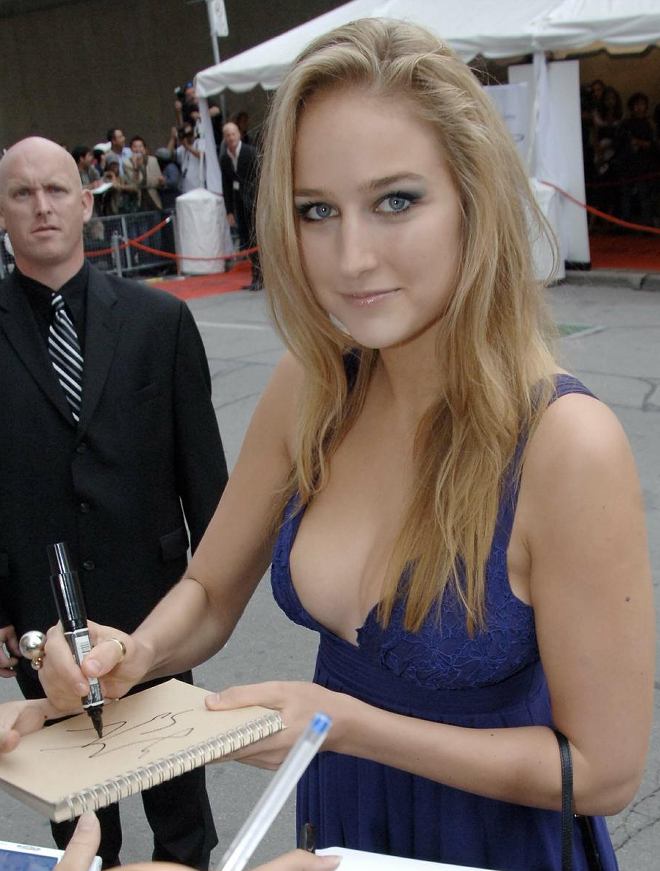I was such a big fan of this manga when I was a kid. I used to watch it as soon as I got home, after school. It was broadcast again when I was around 7-8. That's how I came to know about this. It's funny that Japanese people are the ones to make me know more about my natal country. Versailles no Bara's author, Riyoko Ikeda, created her manga in the 70's, a decade in which many female drawers started to make their voices heard and publish a lot mangas. In the same "vein", you can also find Lady Mitsuko, inpired by a true story, too, like Versailles no Bara.
Versailles no Bara focuses on Marie-Antoinette's life, in parallel with a fictional character, the mythical Oscar François de Jarjayes. I started reading again the volumes; and I remember why I was such a fan of Oscar. Brave, strong, just, honorable, courageous and respectful of her own principles which allow her to give herself only to the man she loves, despite their social ranks' difference, she's a brilliant character. That's a very powerful story, emphasizing on women's conditions, too, be it about Marie-Antoinette or Oscar. (In some excerpts, in my edition, Oscar sometimes says: "If i were a man, things would be so much easier!")
I'm not a big fan of Marie-Antoinette in this manga. While it depicts her personality, her struggles, her motives well enough, the manga has quite flaws which annoy me more and more. For instance, Louis XVI's representation. He's always seen as a fat and clumsy man, which I dislike since he was so much more than this stupid depiction. Secondly, the love story between MA and Fersen really irks me on many levels. For a few reasons, I don't really believe that they were lovers (I'll explain in a post, but it seems it'll be long....) etc.. So the contrast between Louis XVI and Fersen feels bothersome and unfair. Moreover, Marie-Antoinette's last thoughts might have been far away from about Fersen, seriously. Her children were everything for her; she was completely devastated by her husband's death that occured only 9 months before hers. So I hardly think she was thinking about Fersen and her moments with him when her last minute approached. While we don't know exactly what happened between them, I feel the story has been way too romanticized in the manga.
(Author Riyoko Ikeda awarded with the Légion d'Honneur in France for her contribution to the French culture.)
Nonetheless, the books are still enjoyable to read, the story/plot quite interesting and the drawings breathtaking. But I think Oscar, in some parts, really steals the spotlight from the queen. She was probably inspired by the real Chevalier D'Eon, a man who often disguised himself as a woman to run missions for the kingdom. He had known Marie-Antoinette, too. Oscar's father did exist; or at least, the man who inspired her father did: François de Jarjayes who really planned to save Marie-Antoinette when she was in jail, at the Conciergerie.
Of course, there are some anachronisms, and for a question of esthetism, Riyoko Ikeda drew her characters' outfits out of inspiration by reality instead of copying it loyally. Same for the hairstyles etc. Nonetheless, instead of being a nuisance to the whole plot, this re-creation, this interpretation help to build a very unique universe in the manga genre.















